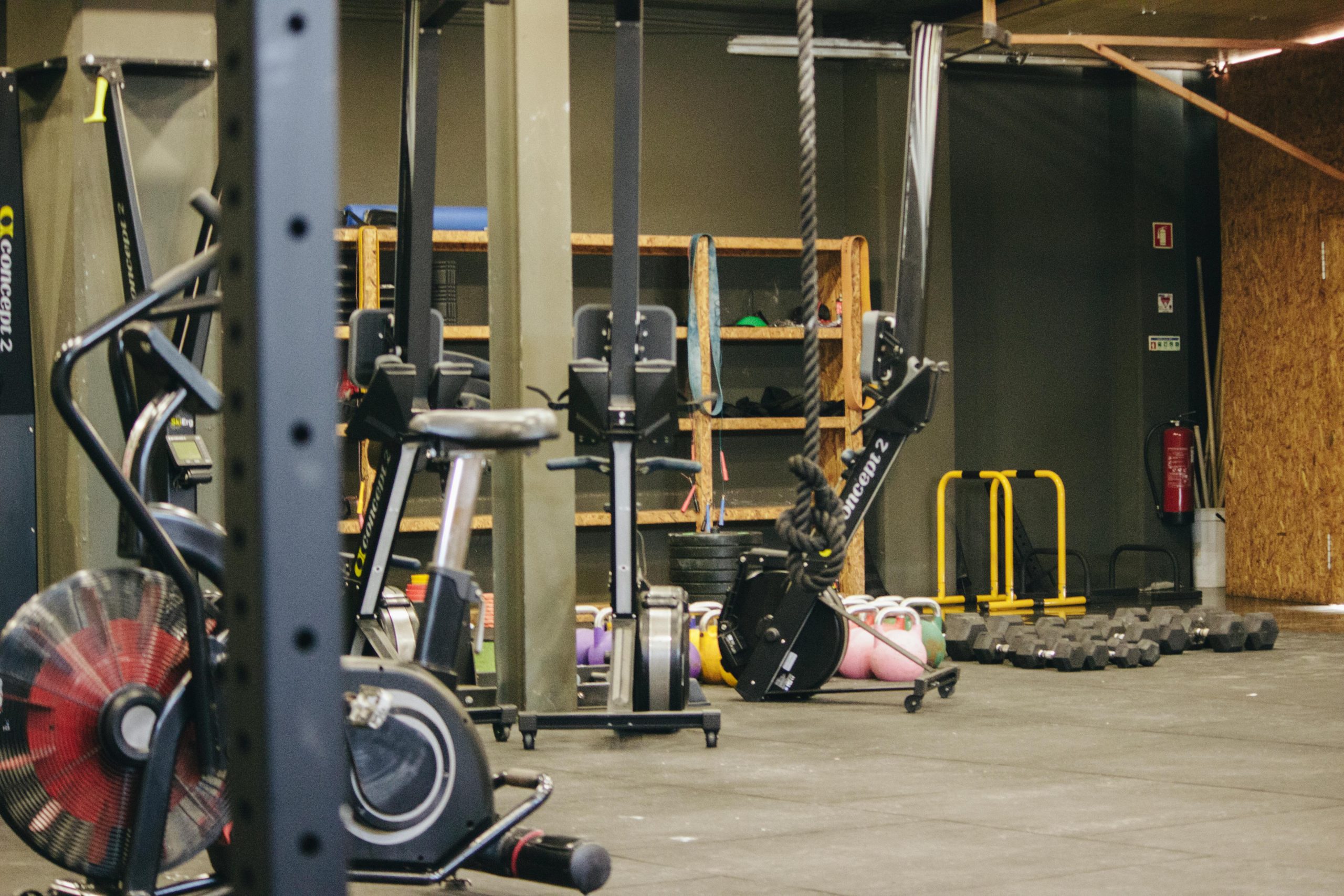Understanding the Persistent Focus on Cardio Equipment in UK Chain Gyms: A Closer Look at Gym Layouts and Member Preferences
In the landscape of UK fitness centers, a recurring observation is the prioritization of cardio equipment—such as treadmills, ellipticals, and bikes—over weight training and resistance machines. Despite the widespread presence and accessibility of resistance units, these often seem underutilized or sparsely populated, while the weights rooms tend to be bustling hubs of activity. This phenomenon raises questions about underlying reasons: Are the cardio machines cheaper to install and maintain? Or is this trend simply a lingering legacy from past gym design philosophies?
The Conundrum Across Regions
From the Midlands to the Northwest, from Wales to London, the pattern remains remarkably consistent. The common explanation often provided is that female gym-goers prefer cardio equipment over weights, leading gyms to allocate more space and equipment to cardio. However, on closer inspection, this rationale doesn’t always hold up.
For instance, recent observations indicate that women are actively using resistance equipment and sharing squat racks and benches without issue. In some gyms, women even have their own designated rooms equipped with resistance machines—spaces that men are not permitted in—highlighting an effort to foster inclusivity and cater to diverse preferences.
Men’s Engagement with Resistance Training
When examining gym usage in these unique female-only spaces, it becomes evident that resistance training is a popular activity among women. Meanwhile, the cardio areas—despite their prominence—often remain underused. For example, extensive cycling areas downstairs frequently operate for only a couple of hours daily, primarily during free spin classes, which are included in membership fees. Given the limited usage, questions arise about the profitability and strategic value of dedicating considerable space to these facilities.
Comparing Chain Gyms and Specialized Facilities
Contrast this with more specialized bodybuilding gyms, which tend to be more compact yet consistently busy throughout the day. Their focus on resistance training and absence of expansive cardio zones creates a different workout environment—one that appeals specifically to those committed to strength training. In chain gyms, however, large, open spaces for cardio are often designed with aesthetic appeal or perceived broad demographic appeal in mind, rather than optimal utilization.
The Potential for Data-Driven Improvements
One proposed solution to this asymmetry is for gyms to conduct regular surveys or monitor machine usage actively. By collecting data on which equipment is used most frequently, gyms could optimize layouts—possibly reallocating space from underutilized cardio machines


Interesting observations on gym layouts and member preferences in London
As a London resident who frequents various gyms across the city, I’ve noticed similar patterns where cardio equipment is given prominent space despite often being underutilized during peak hours. It seems that gym design choices are driven by multiple factors—perhaps an emphasis on attracting a broad demographic with an aesthetic appeal or the perception that cardio machines contribute to a more welcoming environment for newcomers.
However, from personal experience, I find that dedicated resistance training areas tend to have a more engaged and consistent user base. The rise of specialist gyms focusing solely on strength or functional training suggests a potential shift towards more efficient use of space and resources. Implementing data-driven approaches, like actual usage tracking, could help chain gyms in London optimize their layouts, ensuring that facilities better meet members’ needs and preferences.
Ultimately, understanding and responding to what members truly use and value might lead to more balanced and functional gym environments—benefiting both the business and the fitness community here in London.